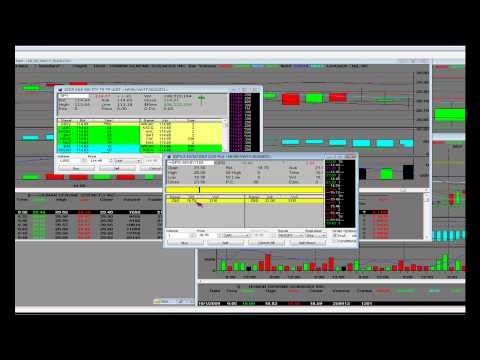Trading Volatility Breakouts In The SPDR S P 500 ETF
Post on: 29 Август, 2015 No Comment

This strategy can help you profit from market volatility.
In my firms last article on the volatility breakout trading strategy, we focused on explaining this trading method in easy to understand terms with clear examples. At the end of the article, it was suggested that simply knowing the general volatility breakout approach is not enough to create a very profitable trading strategy. In fact, in certain markets and under certain conditions, taking volatility breakouts can be a very counterproductive trading strategy.
What is the key to making this strategy profitable? I want to share with you a few of the things that I have found to be highly effective when trading this approach in the S&P 500 (INDEXSP:.INX) stock index futures contract as well as the SPDR S&P 500 ETF (NYSEARCA:SPY ).
1. Volatile market conditions: This strategy works best when the market is frothy with the emotions of speculation and fear. Many would guess that buying upside volatility breakouts would be a great strategy to use during bull markets. In fact, this is often not the case. Bull markets frequently see volatility compress and trading ranges contract, which takes away the core market conditions where this strategy thrives. In fact, 2008 (a year in which the S&P 500 was down around 40%) was perhaps the best year ever to be trading volatility breakout strategies in stock index ETFs or stock index futures.
2. Opening Gaps: For those new to this concept, a price gap is simply when there is a different in price between yesterday’s close and today’s open. Many traders believe that because markets trade almost 24 hours a day, gaps (as measured by day-session hours) are no longer useful as technical indicators. I have found this to be false. Gaps have been and continue to be highly significant events for a number of different strategies, and this is particularly true for volatility breakouts.
3. The swing position of the market. By this I mean, Where is the current price relative to the recent trading range over X number of days? I used this concept in this article and applied it to just one day. However, it can also be applied to a longer period of time. I have found that on average, volatility breakouts work best when the direction of the breakout contradicts the swing-position of the market. For example: Upside volatility breakouts work better when the prior day closed at the low end of the recent trading range.
By combining these three factors, you can come up with some very good trading strategies.
Note: None of these ideas involve an ultra-complex pattern or any type of advanced calculations. I have known some traders who use very complex, if, then-type logical statements that use a huge number of inputs in effort to find the best trading patterns. While this might work for some, I have found that by distilling ideas into the most simple, conceptual form possible, they tend to work better in real time.
Good Trading.
Nat Stewart runs the trading-strategy website www.nastrading.com. The site’s mission: Help traders capture explosive moves in the forex, futures, and stock markets.














